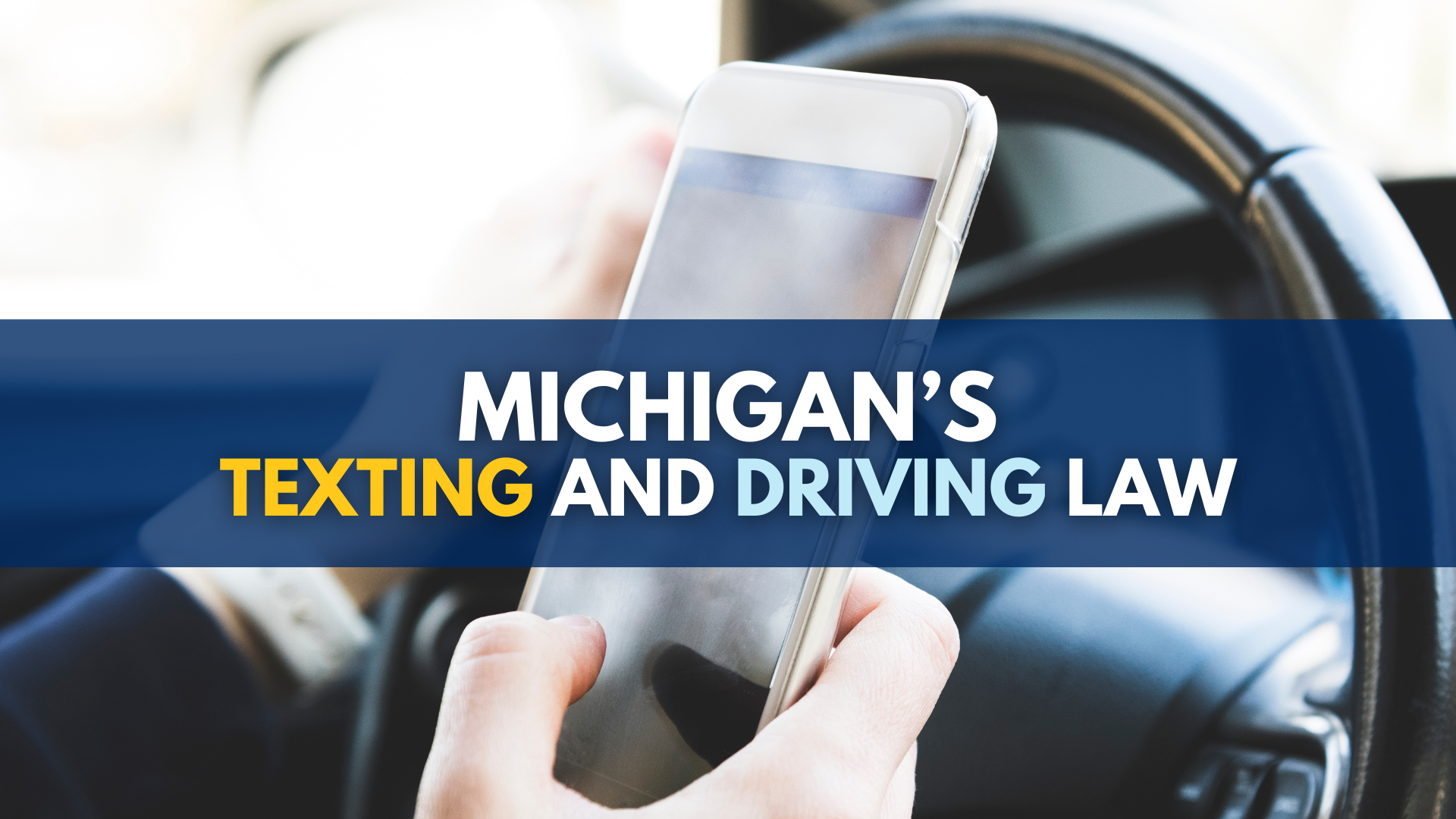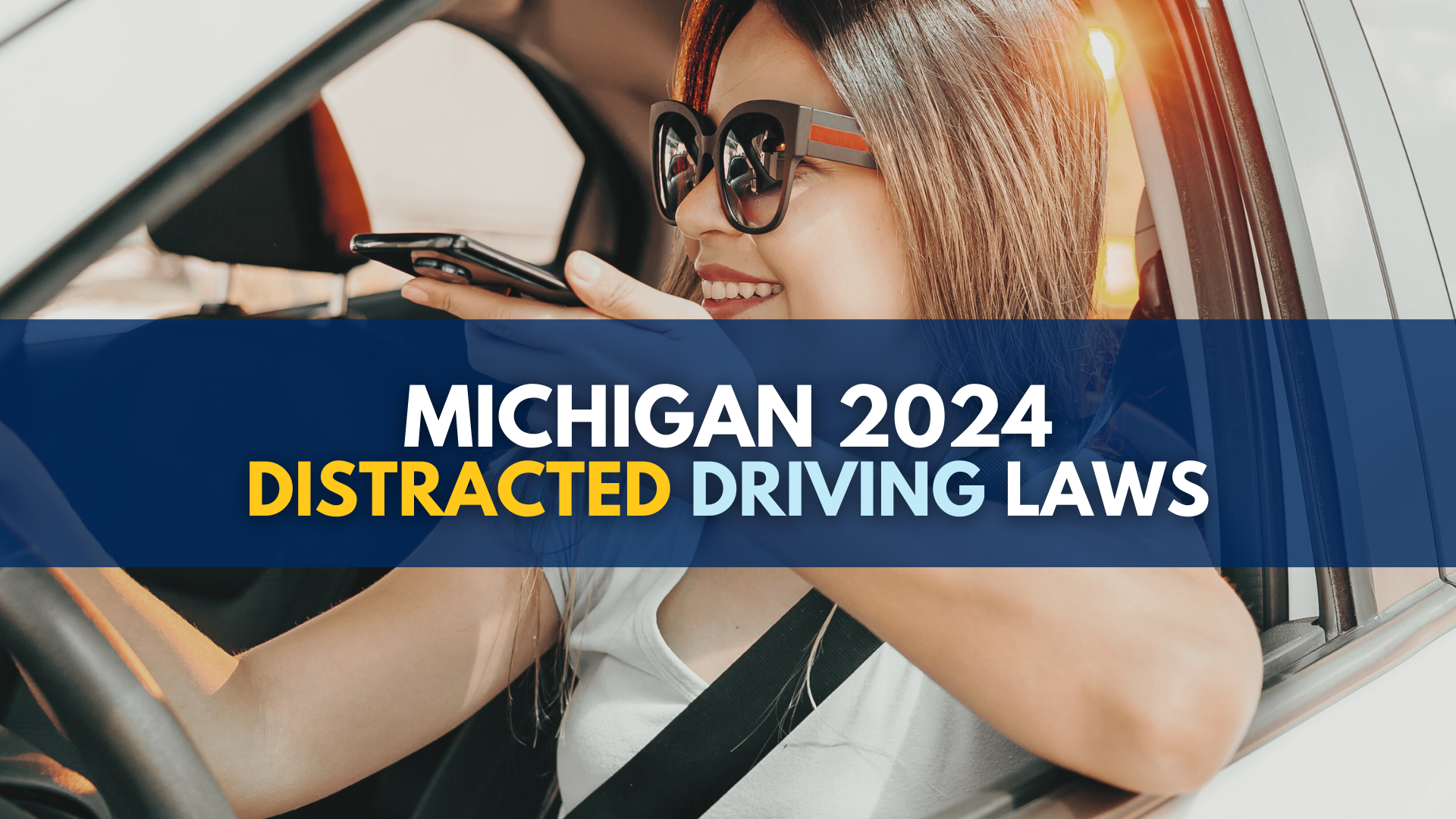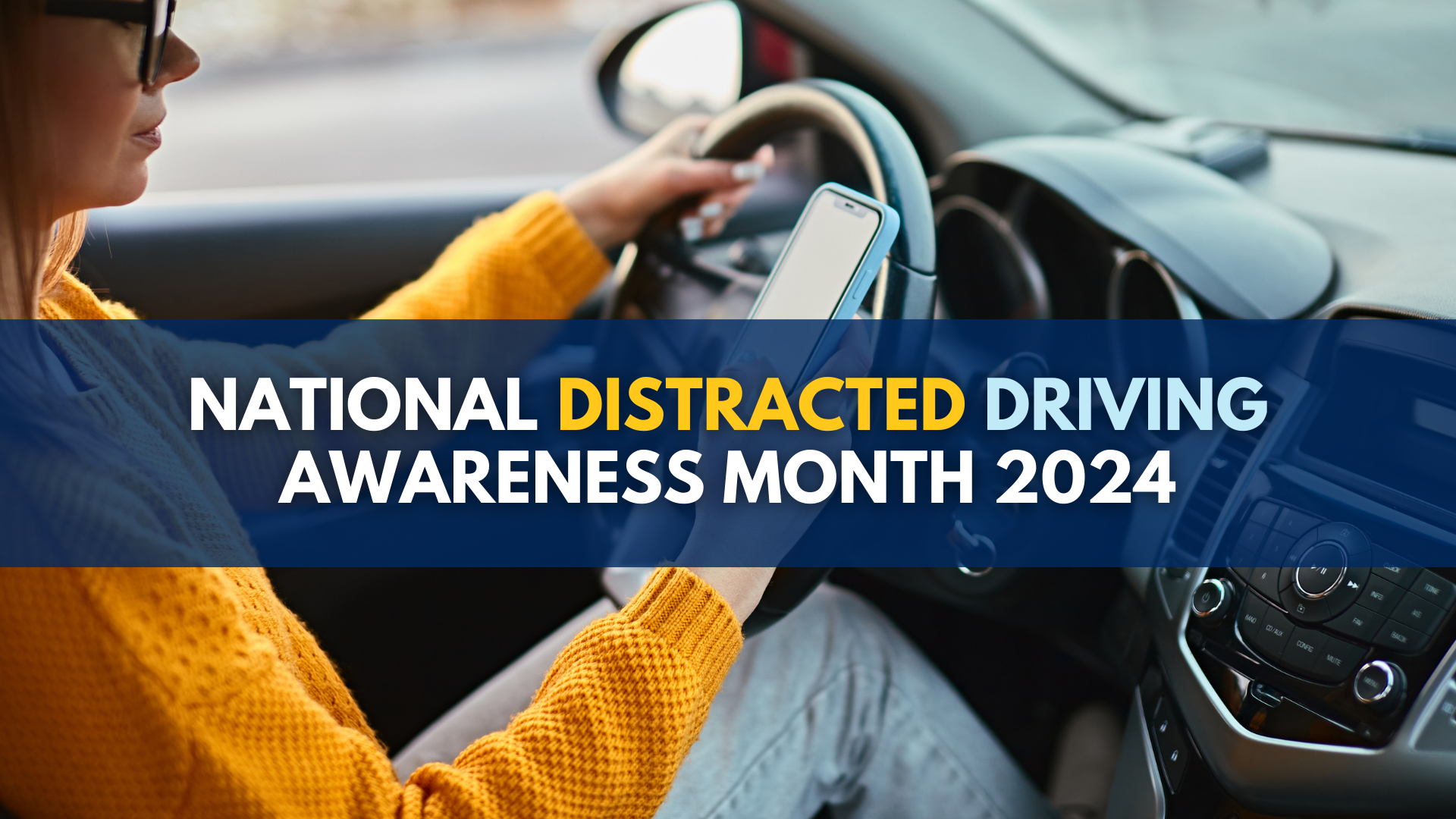Driving while high can still be dangerous; marijuana-impairment isn’t immediate; THC-impairment levels will vary by person and can exceed legal limits

An interesting thing happened recently that led to this post today about driving while high on marijuana. When I talk about the dangers of marijuana-impaired driving, I sometimes get considerable pushback from people who dispute that marijuana can actually render a person too impaired to drive safely.
It happened recently on the Michigan Auto Law Facebook page when I posted about a study saying a reliable per se driving-impairment level for THC/marijuana “cannot be scientifically supported” and that the best way to identify marijuana-impaired drivers is through field sobriety testing.
As my friends and fellow auto accident attorneys who practice in states where marijuana is now legal already know, driving while high on marijuana is dangerous. It is causing many motor vehicle accidents. Despite the notions some people have, driving while high is potentially deadly.
Balancing the benefits and promise of marijuana with the dangers of driving high
As readers of this auto law blog already know, I believe marijuana also offers enormous societal benefits. As a car crash attorney who has seen first-hand the catastrophic consequences of the opiate epidemic in America with so many of my own chronic pain clients, marijuana offers a far safer alternative that may prove to be just as effective. And as a lawyer with a large percentage of my caseload of people who have been seriously injured in auto accidents who also have suffered traumatic brain injuries, I am following closely the medical literature showing that marijuana use may be neuroprotective for people with brain injuries and who are at risk of early-onset dementia. I believe strongly that marijuana should be legalized and safely regulated.
But as a car crash lawyer, I also know that marijuana and driving safely may be incompatible.
As for marijuana-impaired driving, I’ve blogged about its dangers and the challenges to law enforcement of identifying and stopping drivers who are under the influence of pot.
4 facts about driving while high on marijuana
Back to the Facebook comments now, and the video that provided the impetus for today’s post. There are four facts that people should know about driving while high on marijuana:
- If a person smokes enough marijuana, it will eventually impair his or her ability to safely drive.
- Some people can drive with THC/marijuana in their system — even at levels above the legal limit — without showing any signs of driving impairment.
- The level at which marijuana-impairment occurs is different for each person.
- The level at which marijuana-impairment occurs may be — and very likely will be — well above what the legal limit is for driving with THC/marijuana in a driver’s system.
Significantly, the video below depicts a 2013 driving experiment called “How high is too high? KIRO tests pot-smoking drivers to find out.” As suggested by its name, it was conducted by KIRO 7 TV News in Seattle, with the help of a drug recognition expert from the Thurston County Sheriff’s office, a driving instructor and three pot-smoking volunteers.
That was the first year of Washington state’s new law allowing people to drive with THC/marijuana in their systems so long as it didn’t exceed 5 nanograms per milliliter.
Does driving while high on marijuana lead to impairment?
The way the driving experiment worked, the three volunteers — a medical marijuana patient who was a “Heavy Daily User” of marijuana, a “Weekend User,” and an “Occasional User” — would smoke 0.3 grams of marijuana (“Blueberry Trainwreck”), then drive (while accompanied by a driving instructor and supervised by a county drug recognition expert) on a driving course set up by the sheriff’s department.
Because the pot-smoking volunteers were able to drive safely, showing no signs of impairment, the process was repeated, with each volunteer smoking another 0.6 grams of marijuana before getting behind the wheel, again. The process was repeated for a third time only for the Heavy Daily User, which got her total marijuana intake up to 1.4 grams.
Ultimately, as a result of smoking more and more, each volunteer reached the point where she or he was too impaired to drive safely.
This was confirmed by the volunteer’s own admissions, the instructor’s assessment and field sobriety tests by the sheriff’s office’s drug recognition expert:
- The Weekend User: After smoking 0.9 grams of marijuana, he had trouble remembering how to drive the course. The instructor had to grab the wheel to prevent the Weekend User from driving into the TV news’ photographer. The drug recognition expert said that, based on the Weekend User’s driving, “I would’ve stopped him.”
- The Occasional User: After smoking 0.9 grams of marijuana, his driving got so slow that the officer concluded he shouldn’t be on the road. After stating he didn’t think he could “get much more stoned,” the Occasional User said that, in this condition, he’d prefer to not be on the road.
- The Heavy Daily User: After smoking 1.4 grams of marijuana (and after having already smoked before arriving for the experiment), the Heavy Daily User observed she was “[w]ay more stoned, way more stoned” and she “[d]efinitely shouldn’t be driving.” Similar, the driving instructor stated “she would be a danger” if she was on a public road. The Heavy Daily User also offered these words of advice: “Just like you’re drinking, if you go out drinking, you don’t need to be driving. If you’re out smoking, you don’t need to be driving.”
- The Drug Recognition Expert: After putting all three volunteers through a post-smoking/post-driving 12-step evaluation that checked things like their balance, heartrate, blood pressure, ability to walk a straight line and touch their nose with their eyes closes, the officer announced “that all three would have been arrested for driving under the influence …”
What’s the relationship between driving while high and the legal limit?
Significantly, pot-smoking volunteers didn’t become immediately marijuana-impaired after smoking. After their initial “smoke,” they were all able to drive safely enough that neither the instructor nor the drug recognition expert noticed a problem.
But, as noted above, that didn’t last indefinitely and, eventually, each of them reached the point where they could no longer safely drive.
What’s interesting about that journey is comparing where they were at with the level of THC/marijuana in their systems with the legal limit that had been set by the State of Washington.
Significantly, all three pot-smoking volunteers were able to drive safely at levels well above Washington’s 5 nanogram legal limit:
- When the Heavy Daily User was “seven times the legal limit for pot” with “36.7 Nanograms of marijuana in her system,” she was driving “OK” enough that the driving instructor said he “wouldn’t pull her off the road.”
- When the Weekend User “was driving at five times the legal limit with 26 nanograms of pot in his system,” he “was doing fine behind the wheel.”
- When the Occasional User was at “four times the legal limit” at 21.7 nanograms of pot in his system, the driving instructor said: “He did real well.”


